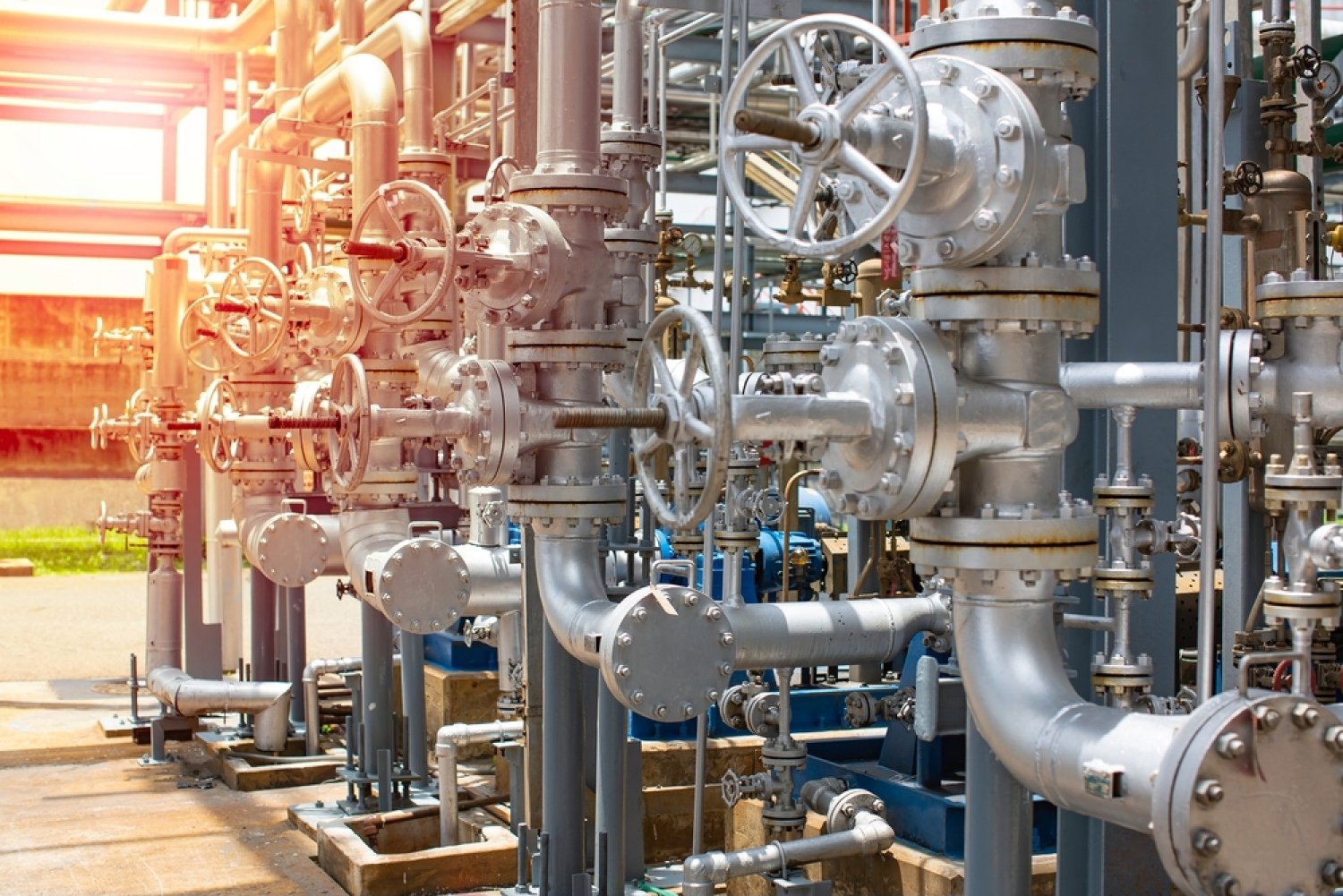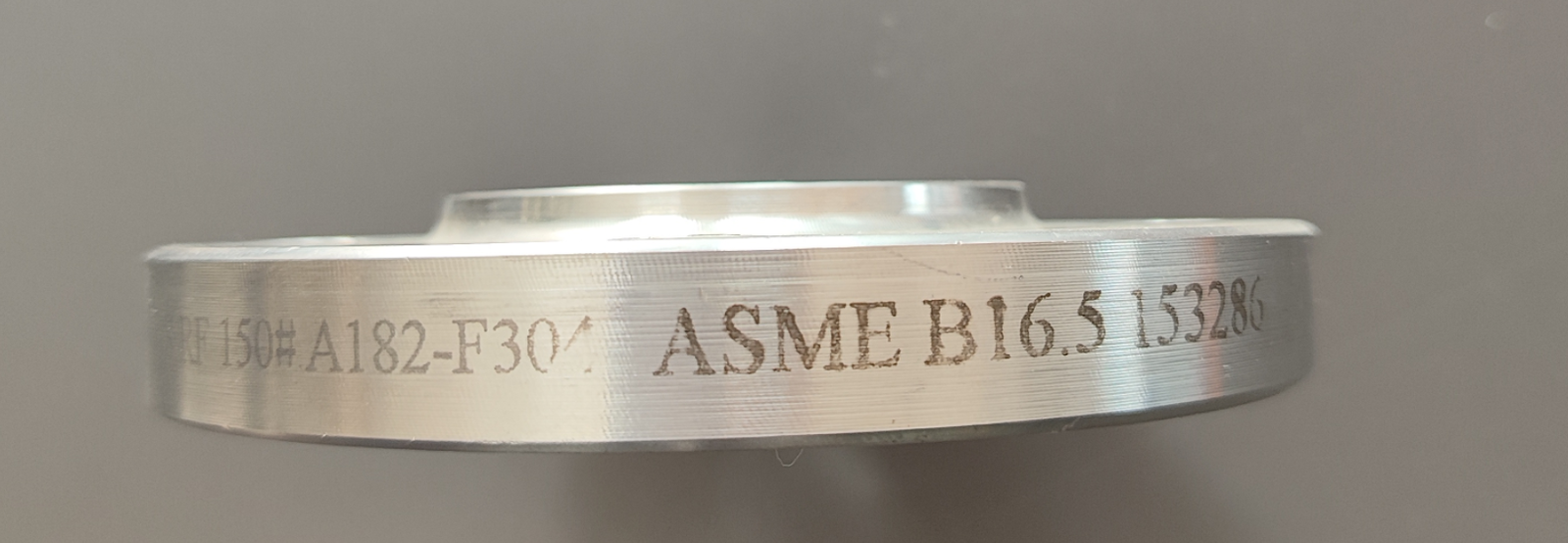Decoding International Standards and Application Markets of Steel Flanges

Steel flanges are a crucial component across numerous industries, serving the vital purpose of connecting pipes, valves, pumps, and other machinery to establish a reliable and efficient piping system. Without them, it would be impossible for these systems to work efficiently and effectively. Steel flanges are an integral component for fulfilling the requirements of modern production and ensuring the safety and reliability of infrastructure in various industries, including chemical plants, refineries, and manufacturing facilities. They are indispensable for enhancing the efficiency and performance of operations and maintaining the utmost safety standards. From supporting advanced technology to preventing disasters, quality steel flanges are essential. Given the global nature of these industries, it’s important to understand the different international standards and application markets that govern steel flange production.
In this article, we will delve into the major international standards for steel flanges and explore their application markets.
International Standards for Steel Flanges
There are several international standards that specify the dimensions, material grades, and pressure ratings for steel flanges. Some of the most prominent ones include:
1. ANSI/ASME B16.5 (American National Standards Institute/American Society of Mechanical Engineers)

This standard covers pressure-temperature ratings (from -20°F to 1000°F) and nominal pressure ratings up to 2500 psig. This specification encompasses a variety of pipe flanges, ranging from 1/2″ National Pipe Standard (NPS) up to 24″ NPS, and are fabricated from a range of materials such as carbon steel, stainless steel, alloy steel, as well as plastic.It provides details about the dimensions, tolerances, marking, and testing required for these flanges in the aforementioned sizes.The ANSI/ASME B16.5 is widely used in the United States, Canada, and other countries that follow American standards.
2. EN 1092-1 (European Standard)

The EN 1092-1 standard is a set of regulations that govern the production of steel flanges in Europe. It includes guidelines related to the dimensions, materials, and pressure ratings for different types of flanges such as plate, blind, loose, and threaded flanges. These standards ensure that all flanges produced in compliance with EN 1092-1 are safe, reliable, and fit for their intended purpose. This standard is commonly used in European countries and those adopting European standards.
3. JIS B2220 (Japanese Industrial Standards)
The JIS B2220 standard specifies steel flanges’ dimensions, pressure ratings, and materials used in various industries in Japan. It covers slip-on, weld neck, lap joint, socket weld, and threaded flanges.
4. BS 10 (British Standard)

The BS 10 standard covers dimensions, drilling, and specifications for steel flanges used in the United Kingdom and other countries that follow British standards. It includes various flange types, such as plate, bossed, and integral flanges.
5. GOST 33259 (Russian Standard)/GOST 12820/GOST12821

The GOST 33259 standard applies to steel flanges for industrial use. It covers the dimensions, designations, materials, and pressure ratings for various types of flanges used in Russia and other countries that utilize this standard.
6.SANS 1123 (South African National Standard)
This standard applies to steel flanges used in South Africa. It covers the dimensions, materials, pressure ratings, and other specifications for various types of flanges. The pressure ratings for flanges listed in this standard range from Class 1000 to Class 2500.
Application Markets of Steel Flanges:
Steel Flanges are widely used in industrial and commercial applications. Secure connections are essential to ensure undisrupted operations of important systems, such as those found at the ends of pipes, valves, and other equipment. Therefore, devices are employed to provide such connections to guarantee smooth functioning.Steel Flanges can be used in environments ranging from low-pressure residential and commercial plumbing to high-pressure gas or steam distribution lines.
Steel flanges are widely used in several industries due to their versatility and robustness. Some of the primary application markets include:
1. Oil and Gas Industry

Steel flanges play a crucial role in the oil and gas industry. They are used extensively to create pipelines that transport crude oil and natural gas from production sites to refineries and distribution centers. The industry places great importance on these flanges as they are vital components that help ensure the smooth and safe flow of these valuable commodities. High-pressure ratings and corrosion-resistant materials are essential in this industry, making ANSI/ASME and EN standards popular choices.
2. Petrochemical Industry
Steel flanges find extensive use in the petrochemical industry for connecting pipes and equipment in plants that process chemicals derived from petroleum. The high-pressure and corrosive environments make it necessary to use flanges that comply with stringent international standards, such as ANSI/ASME and EN.
3. Water Treatment and Supply

In water treatment and supply systems, steel flanges help connect pipes and equipment to transport water from treatment plants to distribution networks. Both European and American standards are commonly used in this industry, depending on the region and specific project requirements.
4. Power Generation
Steel flanges play a vital role in power generation plants by connecting pipes and equipment in systems such as boilers, steam lines, and cooling circuits. The choice of flange standard depends on the country and specific plant requirements, with ANSI/ASME and EN being popular choices.
5. Shipbuilding
Shipbuilding requires durable and reliable steel flanges for various applications, such as piping systems, engine rooms, and ballast systems. In this industry, international standards like JIS B2220 and EN 1092-1 are widely used due to their rigorous specifications and pressure ratings.
In conclusion, understanding the different international standards for steel flanges and their application markets is crucial for manufacturers, suppliers, and end-users to ensure the highest quality, safety, and reliability in their piping systems. By adhering to these standards and staying informed about industry trends and requirements, companies can maintain a competitive edge in the global market.

